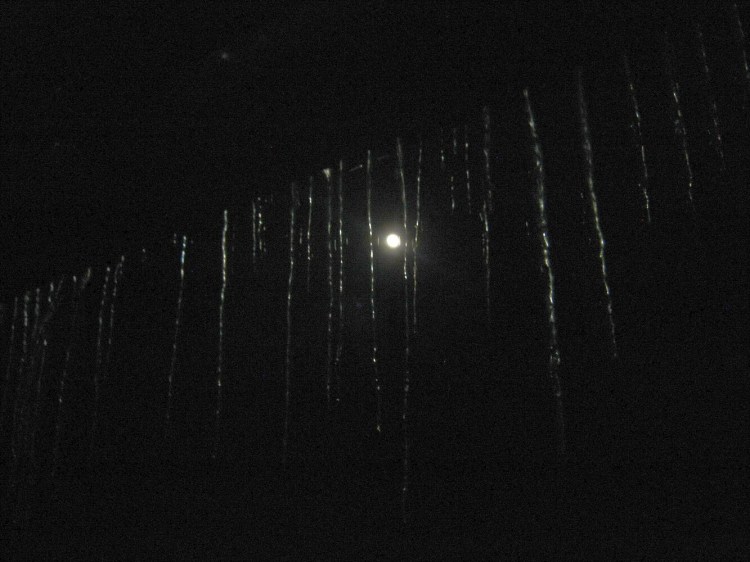In this week’s deep freeze, I’ve been thinking about space travel. This is how it goes at this time of year. Winter is how nature talks to us about the measureless oceans of space. The blank cold is an invitation to fill them.
Some scientists, I discovered, are trying to figure out how to send tiny creatures such as roundworms, tardigrades (a.k.a., water bears, about half-a-millimeter long) or maybe bacteria on spacecraft to other stars. The passengers and spacecraft have to be very small, at this point, for this to work.
The nearest star is about 4.4 light-years away, meaning it would take 4.4 years traveling at the speed of light to get there from here. The speed of light is about 186,000 miles per second. To get to a nearby star within a human lifetime, a spaceship would need to get close to that speed, though, and to do it you’d need to generate huge amounts of energy, which there is no practical way to do. For now.
Two theoretical methods of doing it, though, use antimatter annihilation or photon acceleration. The technology for antimatter annihilation is a long, long way off, if anywhere. Photon acceleration, though, is apparently somewhere within technological sight. To oversimplify, you use photons like jets to propel your spacecraft. The craft would need to be as light as possible to reduce the (enormous) amount of jet you’d need to push it. So one way to reduce spacecraft mass would be to make it tiny, the size of a wafer, with tiny-mass passengers like tardigrades or worms.
You could further reduce the spacecraft mass by separating the photon-producing machinery from the wafercraft itself, generating the photons in one place and beaming them on lasers to the craft, which then jets them out. If you generated enough photons to propel the tiny wafercraft to get going at a large fraction of the speed of light, like 30-40%, you could get your tardigrades or nematodes to Alpha Centauri, 4.4 light-years away, in a couple of decades.
The reasons you would want to send these life forms to another star system are summed up in one paper I read in two rather vaguely outlined categories: 1. because humans have a (possibly illogical, according to the authors) drive to explore; and 2. because it makes a good first step to figuring out how to explore beyond the solar system. It sounds like the tardigrades and worms being sent to other star systems are roughly analogous to the monkeys and mice that were sent to Earth-orbit space in the 1940s and ’50s.
Why not send bacteria to Proxima Centauri? Isn’t a wafercraft with tiny passengers the 21st century’s version of Walt Whitman unreeling the gossamer threads of his soul into measureless space to connect the spheres, like his noiseless, patient spider unreeling its silk filaments to anchor its web?
Well, it is. But 150 years of natural facts later, Walt would no doubt have a clearer understanding than me about the moral problems involved in sending what could amount to infections to other worlds. Mapping moral problems is a tangled web, as everybody from Socrates and Confucius to Joan Didion and Neal Stephenson have talked about ad infinitum, as it were.
Still, like Walt’s, the spider’s and my need to send threads out there until they tack to something solid, moral problems can never not be mapped. They can never be ignored. They’re like the drive to explore. They’re like the dark matter that shows every indication of being there but can’t be seen in the measureless oceans of space.
Onward! I can hear my long-departed friend the poet saying from some promontory west of the treetops in black winter nights.
Dana Wilde lives in Troy. You can contact him at naturalist1@dwildepress.net. His recent book is “Winter: Notes and Numina from the Maine Woods” available from North Country Press. Backyard Naturalist appears the second and fourth Thursdays each month.
Send questions/comments to the editors.



Success. Please wait for the page to reload. If the page does not reload within 5 seconds, please refresh the page.
Enter your email and password to access comments.
Hi, to comment on stories you must . This profile is in addition to your subscription and website login.
Already have a commenting profile? .
Invalid username/password.
Please check your email to confirm and complete your registration.
Only subscribers are eligible to post comments. Please subscribe or login first for digital access. Here’s why.
Use the form below to reset your password. When you've submitted your account email, we will send an email with a reset code.